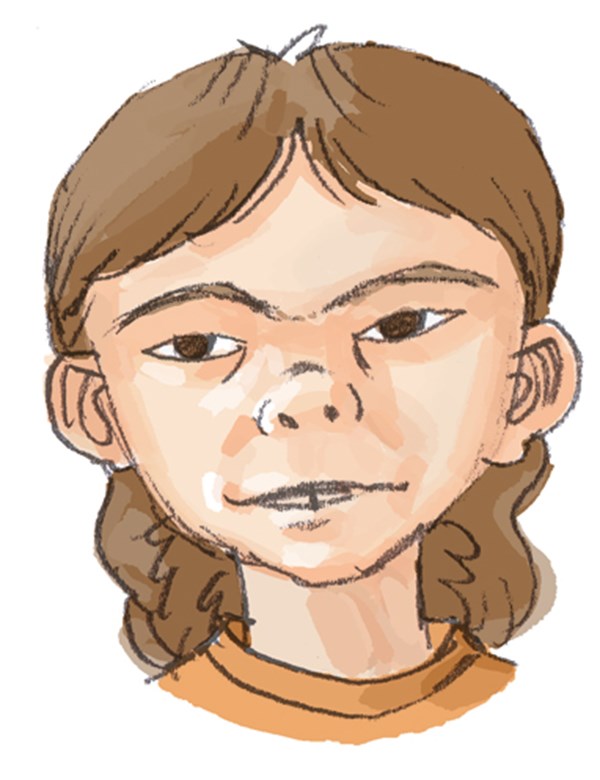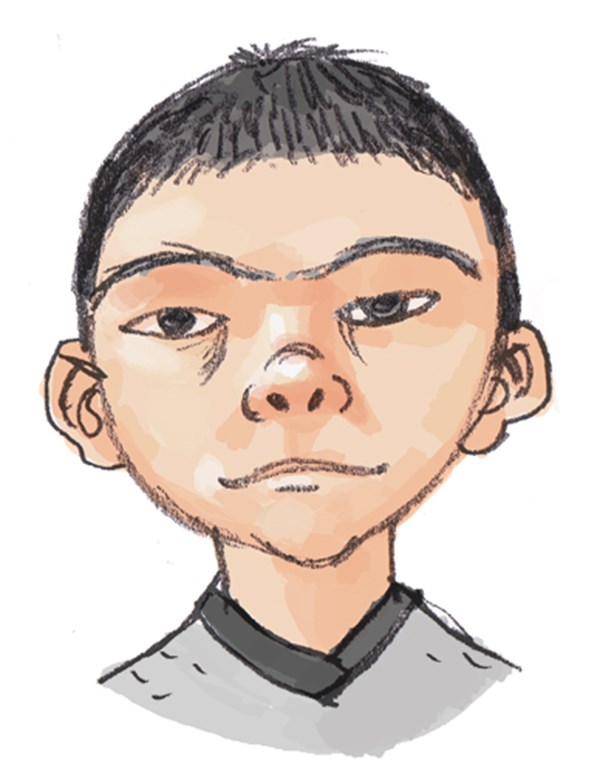Cornelia de Lange syndrome
Codes
ICD-10: Q87.1C
ORPHA: 199
General information
Estimated occurrence
1-3:100,000 live births.Cause
Not completely known. The majority have a defect (mutation) on the NIPBL-gene on chromosome 5.General symptoms
Children with Cornelia de Lange syndrome (CdL) are low birth weight children. Characteristic symptoms of the syndrome include excessive body hair, delayed growth, particular facial features, short arms and legs with typical deformities of the lower arms and hands. Recently, a division between two types of CdL has begun to be made. Type I is the classic type, often with severe mental retardation, and is diagnosed immediately at birth. Type II is a considerably milder form, often not diagnosed until the age of two to three. Some children with CdL have autistic characteristics and are self-destructive. Vision and hearing problems are common. Congenital cardiac defects, deformities of the gastrointestinal system and epilepsy may also be present.Synonyms
Brachmann-de Langes syndrom, de Langes syndrom, Typus degenerativus Amstelodamensis.Images
Characteristic facial features in Cornelia de Lange syndrome:
Small head. Low hairline at the front of the head. Low-set ears. Small upturned nose. Long eyelashes. Arched eyebrows. Eyebrows, which meet at midline (synophrys)


Orofacial/odontological symptoms
Characteristic facial features are associated with the diagnosis. Small jaws, widely-spaced teeth, small teeth, open bite and cleft lip and palate may occur. Tooth grinding and missing teeth are common. Infants often have difficulties with respiration and feeding. Gastroesophageal reflux and frequent vomiting is common and increase the risk for dental erosion. Oral motor dysfunction may cause difficulties with eating and drooling. Most individuals with CdL syndrome never acquire speech. The voice is sometimes hoarse.Advice on follow-up and treatment
- Early contact with dental services for intensified prophylactic care and oral hygiene information is essential.
- Regular check-ups of dental and jaw development. Orthodontist should be consulted when needed.
- Tooth grinding should be followed up, and be managed with a splint when necessary.
- Feeding and swallowing difficulties are investigated and treated by a specialist team at the hospital or multidisciplinary treatment center.
- Oral motor skill training and communication practice are often required.
- When treating medically compromised patients always contact their doctors for medical advice (bleeding problems, heart diseases etc.).
Sources
National Board of Health and WelfareUpdated: 2019-11-12 14:32






